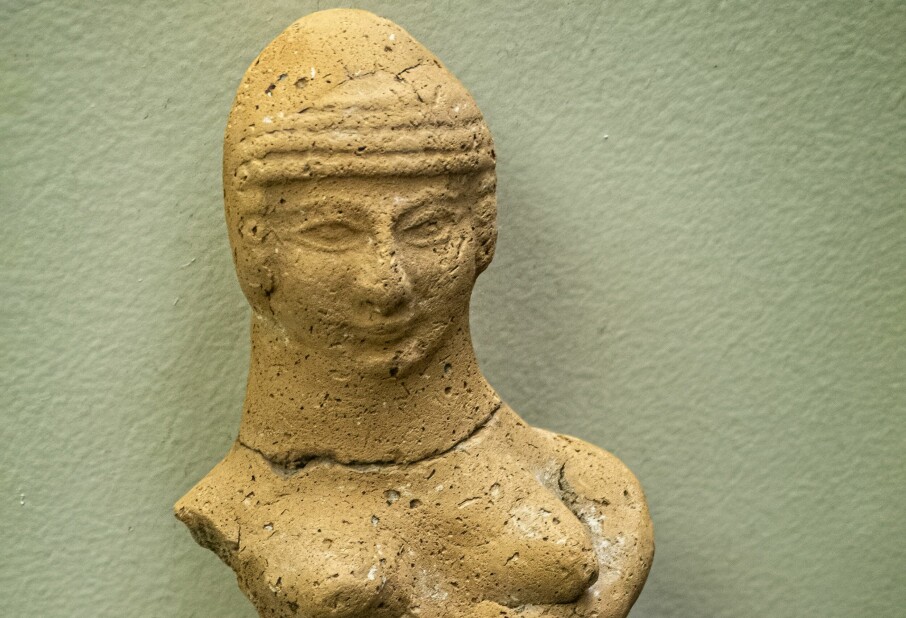This article was produced and financed by The Research Council of Norway

The high does not come from heroin itself
It is the substances that heroin forms in the body that are mainly what enter the brain and cause the narcotic effects.
Denne artikkelen er over ti år gammel og kan inneholde utdatert informasjon.
The heroin high and feelings of pain relief manifest themselves almost immediately after the drug has been injected. Yet it was shown many years ago that heroin is inactive at the opioid receptors in the brain.
So what is it about heroin that brings about such a pronounced effect? A number of research projects may help to solve the mystery.
“Gaining a thorough understanding of the effects of heroin and of the neurobiological mechanisms involved will be a valuable basis for the development of new treatments for addiction,” says Jørg Mørland, who is the project manager of an ongoing project on the subject.
Mørland is a senior researcher at the Norwegian Institute of Public Health and Professor emeritus at the University of Oslo. Through studies on rats and mice, he and his colleagues have come up with new findings that may be significant to the development of new treatment methods.

Heroin metabolises rapidly
One widely-held theory has been that heroin passes quickly into the brain where it is converted into morphine, and that what users are actually experiencing are the effects of morphine. As it turns out, however, heroin undergoes a number of important transformations on its way to the brain.
Just a few minutes after injection, the conversion of heroin into the metabolite 6-MAM is almost complete.
“Our research shows that it is primarily 6-MAM that crosses the blood-brain barrier and that heroin as such only enters the brain to a small degree. Thirty minutes after injecting heroin, 6-MAM is the predominant substance both in the blood and in the brain,” explains Mørland.
The presence of 6-MAM also results in a sharp increase in the signalling molecule, dopamine, in certain areas of the brain. This plays a pivotal role in the rewarding effect.
“This points towards 6-MAM as the main substance behind all the acute effects of heroin,” says Mørland.
“After about an hour, most of the 6-MAM has been converted into morphine. Morphine acts rapidly on the body and is the dominant component for the next hours, but from six to twelve hours after injection the effects observed are mostly consequences of a metabolite formed from morphine, morphin-6-glucuronide.
Looking for a new treatment
“We are working to understand the roles of all these metabolites and to investigate potential treatments to counter their effects,” Mørland states.
The current approach to treating heroin addiction in Norway is pharmacotherapy – using methadone, subutex or subuxone. These are synthetic substances that all work in the same way as heroin, however, and are addictive in their own right.
“The treatment method involves administering these substances over the course of a day to reduce the rewarding effect. The intent is to diminish the patient’s preoccupation with finding heroin in order to lead a more normal life,” Mørland points out.
Researchers at the Norwegian Centre for Addiction Research (SERAF) in Oslo are examining sustained-release naltrexone – a non-addictive opioid antagonist that blocks the effects of opiates in the brain. Dr Mørland is hopeful that his research will make it possible to affect opiates even before they reach the brain.
An opiate roadblock
“It may be possible to block these substances from ever entering the brain, thereby modifying the effect of heroin,” Mørland adds.
As part of a new project, he and his colleagues will study the effect of a 6-MAM antibody developed by a Norwegian company. The antibody binds to the 6-MAM in the blood, making the 6-MAM molecule too large to cross the blood-brain barrier.
“If we succeed in getting this antibody to work it could block much – and maybe even all – of the effect of heroin,” the researcher concludes.
------------------
Read the Norwegian version of this article at forskning.no
Translated by: Glenn Wells/Carol B. Eckman

































